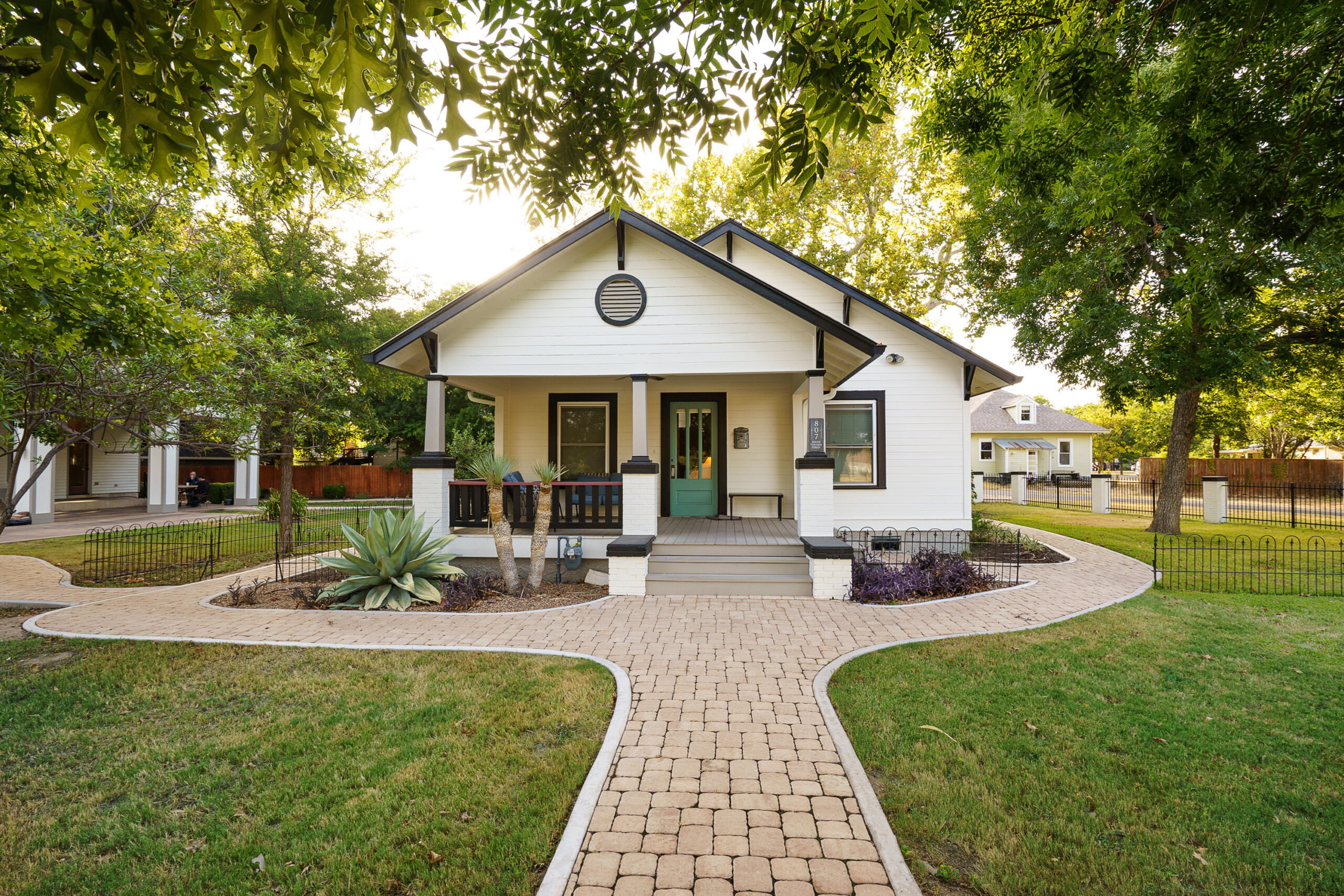Understanding Bipolar Disorder
Bipolar disorder is a complex mental health condition characterized by dramatic shifts in mood, energy levels, and activity. These alterations can significantly affect an individual’s ability to function daily. There are four primary types that experts recognize: Bipolar I, Bipolar II, Cyclothymic Disorder, and Unspecified Bipolar Disorder. Each type has unique features and degrees of severity, impacting treatment approaches.
Bipolar I Disorder is marked by mood swings that include manic episodes–periods of high energy and euphoria. In contrast, Bipolar II involves milder mania, known as hypomania, coupled with episodes of depression. Cyclothymic Disorder features chronic fluctuation between hypomania and depressive symptoms that don’t meet full diagnostic criteria for the previous types. Unspecified Bipolar Disorder includes conditions that don’t align perfectly with the other categories but still require professional attention.
Why Choose Inpatient for Bipolar Treatment?
Opting for inpatient for bipolar treatment can be a crucial step for individuals experiencing severe episodes that disrupt their daily lives. Inpatient care provides a structured and secure environment where patients can receive comprehensive support. This setting ensures round-the-clock medical care and emotional support, reducing the risk of harm during manic or depressive episodes.
In my experience as a mental health professional, inpatient care is particularly beneficial for managing acute symptoms of bipolar disorder. It’s not just about mitigating immediate dangers but also establishing stability and initiating long-term treatment strategies. The immersive nature of inpatient facilities allows for concentrated therapy sessions that focus on medication management, stress reduction techniques, and the development of coping strategies.
What to Expect During Inpatient for Bipolar
When entering an inpatient for bipolar facility, patients undergo a thorough assessment to tailor their treatment plans. This process typically involves a combination of medication management, individual and group therapies, and holistic healing practices. The goal is to address not only the mental aspects of bipolar disorder but also physical wellness through nutrition and exercise programs.
Residential facilities often provide a serene atmosphere conducive to healing. Patients can expect daily schedules filled with therapeutic activities, personalized to meet individual needs. This consistent routine helps patients regain a sense of control and stability, leading to more favorable outcomes. Interacting with peers facing similar challenges in a supportive community also enhances the recovery process.
How to Choose the Right Inpatient Facility for Bipolar Disorder
Choosing the right inpatient for bipolar treatment facility involves several important considerations. Firstly, ensure that the center has a multidisciplinary team of professionals with experience in treating bipolar disorder. This team should include psychiatrists, psychologists, social workers, and medical staff dedicated to mental health care.
- Location: Proximity to family and support networks can foster recovery.
- Accreditation: Verify that the facility is accredited by a recognized mental health organization.
- Specialization: Ensure the treatment center specializes in bipolar disorder and offers evidence-based therapies.
- Amenities: Consider facilities that offer comprehensive services such as recreational therapy, stress management workshops, and family therapy sessions.
Remember that the right facility should resonate with your treatment goals and personal preferences. It’s crucial to perform due diligence, including visiting potential facilities and speaking with staff, to make an informed decision.
Tips for Preparing for Inpatient Treatment for Bipolar Disorder
Preparing for an inpatient for bipolar stay involves more than just packing essentials. Mental preparation is equally important. Here are steps to ensure a smooth transition:
- Research: Gain as much knowledge as possible about the facility and treatment process.
- Open Dialogues: Discuss expectations and concerns with healthcare providers and family members.
- Goal Setting: Define personal goals for what you hope to achieve during your stay.
- Self-Care: Engage in self-care activities to minimize anxiety before admission.
- Communication: Plan communication methods with loved ones during your stay.
These steps can help alleviate some of the anxieties associated with starting inpatient treatment, letting you focus more effectively on your recovery journey.
What Qualifies as an Emergency for Inpatient for Bipolar?
Several scenarios might necessitate emergency hospitalization for bipolar disorder. These include intense manic episodes that lead to risky behavior, severe depression with suicidal thoughts, or when medication rapidly becomes ineffective, leading to a crisis.
Other factors might include increased aggression, psychosis, or when an individual becomes a danger to themselves or others. In such cases, immediate intervention and stabilization in an inpatient setting can be lifesaving.
Understanding when to seek emergency help is critical. Establishing a support system with family and friends and maintaining regular contact with mental health professionals can help recognize the signs that necessitate urgent care.







